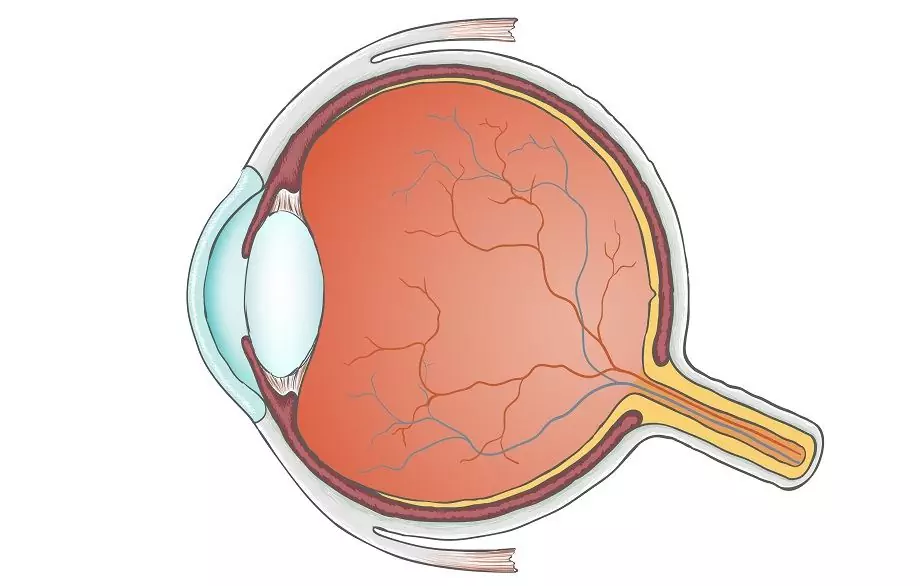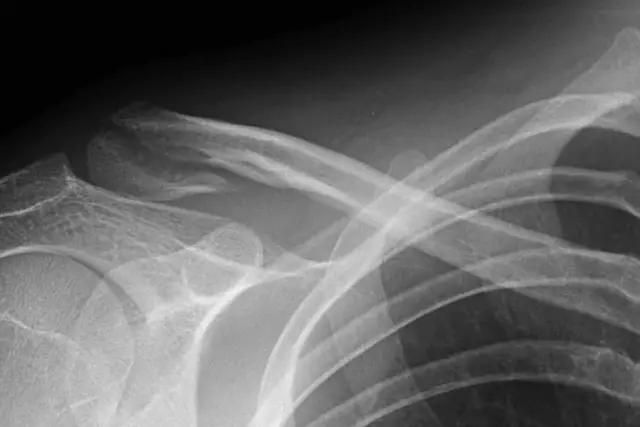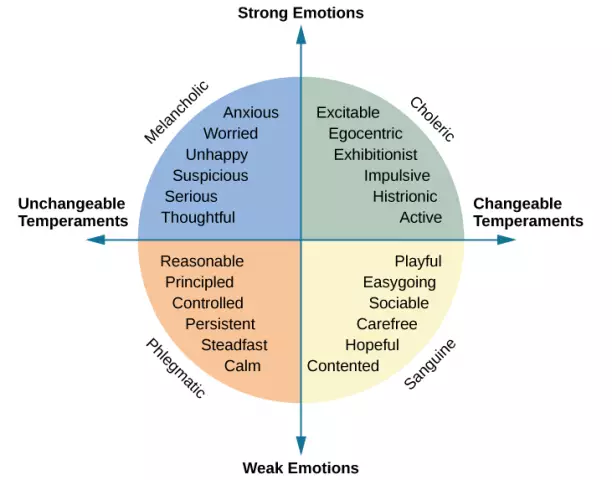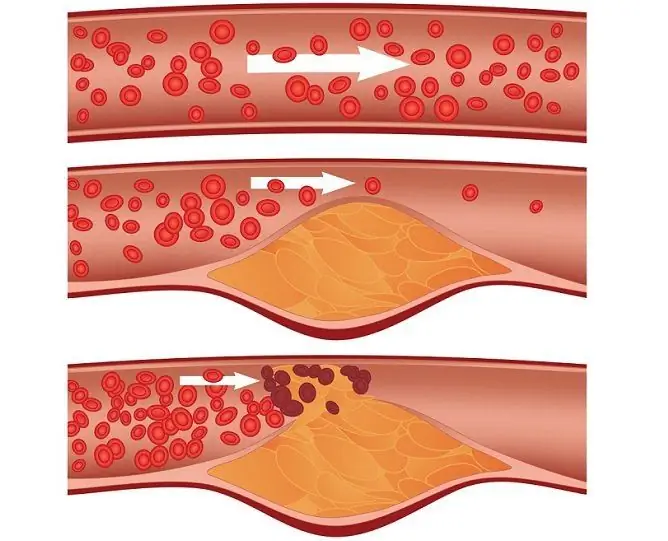- Author Rachel Wainwright [email protected].
- Public 2023-12-15 07:39.
- Last modified 2025-11-02 20:14.
Ribs
Ribs - arcuate paired flat bones, which, connecting the spine and the sternum, form the rib cage. The rib rarely exceeds 5 millimeters in thickness.

Rib structure
The ribs are curved, narrow plates, consisting of:
- Bones (long cancellous bones with a head, neck and tubercle) - in their longest (back) part;
- Cartilage - in the shorter (front) part.
The rib body has an inner (concave) and an outer (convex) surface bounded by rounded and sharp edges. Vessels and nerves are located in a groove that runs along the inner surface of the lower edge.
A person has twelve ribs on each side, which are connected to the bodies of the thoracic vertebrae by their rear ends. The ribs are divided into three groups according to the method of attachment:
- The seven upper ribs (true ribs) are connected with the front ends directly to the sternum;
- The next three, false ribs, are connected by their cartilage with the cartilage of the previous rib;
- The two lower ribs (oscillating ribs) lie freely with their front ends.
The ribs are connected to the sternum and vertebrae using all types of connections:
- Synarthrosis (syndesmosis and synchondrosis);
- Symphysis;
- Diarthrosis.
The rib cage is lined from the inside with a connective tissue membrane, immediately under which is located a pleura consisting of two smooth sheets. A thin layer of lubricant allows you to freely slide between the sheets while breathing.
Rib function
The main functions of ribs include:
- Protective function. The ribs, forming the chest, close the heart, lungs and large vessels from injury and external influences;
- Wireframe function. The chest, which helps to keep the organs in the chest cavity in the desired position, prevents the heart from shifting to the sides and collapsing by the lungs.
Broken ribs
There are three main groups of reasons why ribs hurt:
- The defeat of the internal organs located directly in the chest;
- Damage to blood vessels and nerves;
- Violation of the chest wall frame.
Rib fracture is one of the most common chest injuries and is usually more common in the elderly, due to age-related changes in the elasticity of the chest bone structures.
Rib fractures are most often caused by injuries resulting from:
- Falls;
- Direct blow to the ribs;
- Compression of the chest.
Ribs break more often along the lateral surfaces of the chest (in the places of greatest bend), which causes pain in this area. In many cases, the ribs do not hurt immediately after the injury, but somewhat later, when bone fragments begin to rub when breathing (especially when inhaling) and movement.
A partial violation of the integrity of the rib without displacement of bone fragments, which occurs due to trauma or a pathological process in the body, is called an incomplete fracture.
An incomplete fracture can occur both due to trauma and due to damage to the oblique part of the rib by a pathological process that leads to a decrease in the strength of the bone tissue, for example:
- With osteoporosis (conditions in which calcium salts are washed out of the bone tissue);
- With the development of tumors in the chest area;
- With tuberculosis of the ribs;
- With chronic inflammation of the bone tissue of the rib;
- With blood diseases (myeloma).
Uncomplicated fractures of one or more ribs usually do not pose a threat to human health and life. The main hazards associated with this injury are:
- Internal organ damage;
- Breathing disorder;
- Development of accompanying complications.
More serious risk is posed by multiple rib fractures, which is associated with an increased risk of developing pleuropulmonary shock and life-threatening complications (for example, pneumothorax and hemothorax). In addition, with multiple fractures, displacement of fragments is often observed, which pose a threat to the pleura, lungs and intercostal vessels due to sharp ends.
Also, a fracture can lead to:
- To the development of subcutaneous emphysema caused by the penetration of air into the subcutaneous tissue when the lung is damaged;
- To profuse bleeding into soft tissues or pleural cavity with damage to the intercostal vessels.
With multiple fractures, the ribs are very sore, while the pain increases with movement, breathing, coughing, talking and decreases at rest and while sitting. Also, with multiple fractures of the ribs, shallow breathing and lagging of the chest on the side of the lesion are observed.
A broken rib is revealed on palpation as the most painful place, and also by a kind of crunching of bone fragments (bone crepitus). The diagnosis can usually be confirmed by chest x-ray, and in cases of suspected pneumo- and hemothorax, additional ultrasound of the pleural cavity, fluoroscopy, and pleural puncture should be performed.
Most often, breathing disorders are accompanied by anterior and lateral fractures of the ribs, which, as a rule, are more difficult to tolerate. Damage to the posterior ribs, impaired pulmonary ventilation is less common.
Rib fracture treatment
In case of rib fracture, in most cases, fixation is not required, with the exception of complicated and multiple fractures, the treatment of which should take place only in a hospital setting.
Fixation of the chest without indication can lead to further restriction of breathing, which in turn contributes to the development of congestion, including congestive pneumonia.
The average duration of treatment for uncomplicated rib fractures is about one month, and the duration of treatment for multiple and complicated fractures depends on the general condition and the severity of the complications that have arisen.
Found a mistake in the text? Select it and press Ctrl + Enter.






